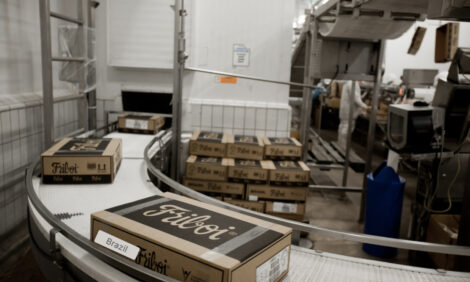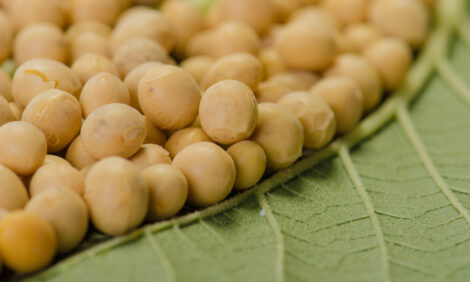



CME: Hog Cash Prices Fail to Advance Rapidly
US - Fed cattle futures rebounded on Friday on reports of modest gains in cash prices and speculation that packers would become more aggressive in buying cattle for the next two to three weeks, write Steve Meyer and Len Steiner.The April fed cattle contract closed on Friday at $134.375/cwt, the same value at which it was trading in late September 2015.
But in the intervening months it has vacillated as much as $10 up or down from that level, reflecting bouts of enthusiasm when the beef cutout started moving up (especially around post holiday retail promotions) followed by quick disappointment when those gains failed to hold for long.
The latest iteration of this was in March, with the choice beef cutout on March 17 printing as high as $234/cwt, 11 per cent higher than the previous month.
Of particular note back then was the sharp gain in the value of 50CL beef trim, a sure fire sign that ground beef business was starting to heat up.
In addition, warm weather in early March offered hopes of an early spring and resurgent beef demand. But is seems that much of the rally was driven by post-Easter retail features and once those orders were filled, prices for fat trim have puled back.
There was no quote on Friday for 50CL beef, a sign of the wide gulf between where trader/end user bids and packer offers. The Thursday trade was at little over 76 cents per pound, 34 per cent lower than what it was in mid March.
For the most part we think market participants expect a notable improvement in demand in the next few weeks. While weather has suddenly turned cold in some areas, which may dampen sales in the short term, Memorial Day business and grilling demand will soon start to come into focus.
Cattle will need to be bought and slaughtered to fill the orders that are likely to come. But what recent trading has also demonstrated is how unstable demand seems to be once buying for certain retail promotions comes to an end.
The broader thesis expressed in the futures market, especially as one looks at the deferred contracts, is that a combination of expanding beef supplies, weaker export demand and notably lower prices for competing meats will continue to exert downward pressure on both fed cattle and beef prices.
That shows up in the discounted futures curve and wider than normal spreads.
As with cattle, the mood in the hog complex is not as buoyant as it was in mid March. Cash prices have failed to advance as rapidly as some expected, in part because wholesale price have been range bound for the last two months.
The pork cutout on Friday was quoted at $76.80/cwt, $0.55/cwt lower than the previous day. Current prices are at about the same level they were in mid February and over this period the pork cutout has averaged around $76/cwt.
The expectation/hope in early March was the cutout values would at this point be well above $80, justifying base hog values above $70. As it stands, base hog carcass values are stuck in the mid 60s with the contract only a few days from expiration.
Hog slaughter for the period February 28 - April 9 was 13.150 million head, 1.3 per cent lower than a year ago. This is well below the latest hog survey results showing the inventory of 180 pound hogs up 0.2 per cent higher than last year.
It could be the report over stated the inventory but it is also possible that producers are falling a bit behind, especially after last week when a couple of plants were idled.
Based on MPR data, the average weight of producer owned hogs for the last five reported workdays (through Thursday) was 213.3 pounds, a pound heavier than four weeks ago. The average weight for all hogs was over 214 pounds, something to note when you look at the USDA estimate in the summary table on page 2.








